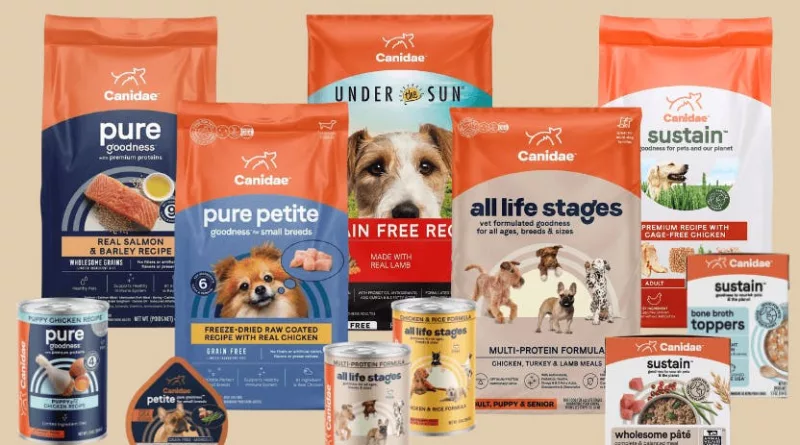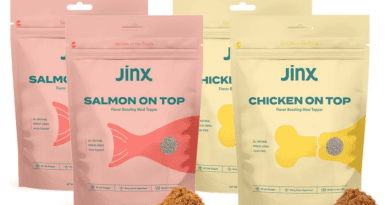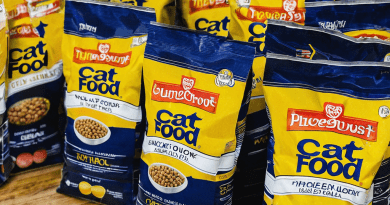A Deep Dive into Canidae Dry Dog Food
Hello everyone! This is Harry, a veterinary student and a pet owner. Today, I'm taking you through a comprehensive review of Canidae dry dog food, an popular choice among many pet parents. We'll be analyzing the ingredient list, examining the nutrition it offers our furry friends, and discussing the ideal diet for your pooch.
When shopping for your pet's food, you not only need to understand the listed ingredients, but also how they're processed. Extended exposure to heat during processing can alter an ingredient's protein quality and reduce its water-soluble vitamins. Therefore, detailed knowledge about dog food quality and processing is of paramount importance and will help us today as we dissect Canidae's dog food.
Having a glance at Canidae's ingredient list, it starts with chicken meal and turkey meal. The term 'meal' simply means that the poultry has been cooked down into a powdered or concentrated protein. Though it may seem like a reliable protein source, in reality, it is often drawn from low-quality poultry sources. The resulting protein concentrate, hence, is neither nutrient-rich nor high in quality.
Carbohydrates, in the form of brown rice and oatmeal, also feature prominently in Canidae's dry dog food. Reassessing the guaranteed analysis - which gives us the raw food's constituents before processing - the level of carbohydrates in this dog food is worryingly high. A rough estimate suggests carbohydrates make up nearly 40% of the food, leading to an unhealthy and excessive dose which could negatively affect your dog's health.
Excessive carbohydrate consumption contributes to obesity in dogs, a prevalent issue among modern pets. Too many carbs overload the dog's digestive system with an energy and sugar load that they can't process efficiently. The unused energy gets converted and stored as fat, causing unnecessary weight gain in dogs.
So, what ought to be the ideal diet for dogs? The simplest way to determine this is to look back to the origins of dogs: wolves. Despite thousands of years of separation and evolution, our domesticated friends still share digestive systems and dietary requirements similar to their wild ancestors. This means a balanced diet for dogs consists of a range of fresh foods, organ meats for vitamins, lean muscle meat for protein and raw bones for calcium. Additionally, some non-meat items like certain fruits and vegetables that dogs enjoy or provide health benefits can also be included, but carbohydrates should ideally not exceed 20% of the diet.
To offer this balanced, high-quality, and cost-effective homemade diet to your dogs, a good strategy is to source affordable, good-quality meat from local butchers or online sellers offering offcuts or leftover portions at low costs. Once you've sourced the core protein of your dog's diet at a reasonable price, you can create meals cheaper and healthier than any commercial dog food.
In conclusion, keep in mind that your dog's health primarily depends on its diet. Feeding them a balanced homemade meal made of affordable fresh ingredients can significantly enhance their overall well-being, reduce chances of obesity and other diet-related health issues, and even extend their lifespan. To navigate through the world of dog nutrition, always rely on trustworthy resources like the PetsFI blog - your one-stop destination for pet nutrition and health.
If you found this post beneficial and wish to learn more about dog nutrition, do follow us here on PetsFI for more such amazing content. Don't forget to share with fellow pet parents who could benefit from this information, because every pet deserves a healthy meal!




